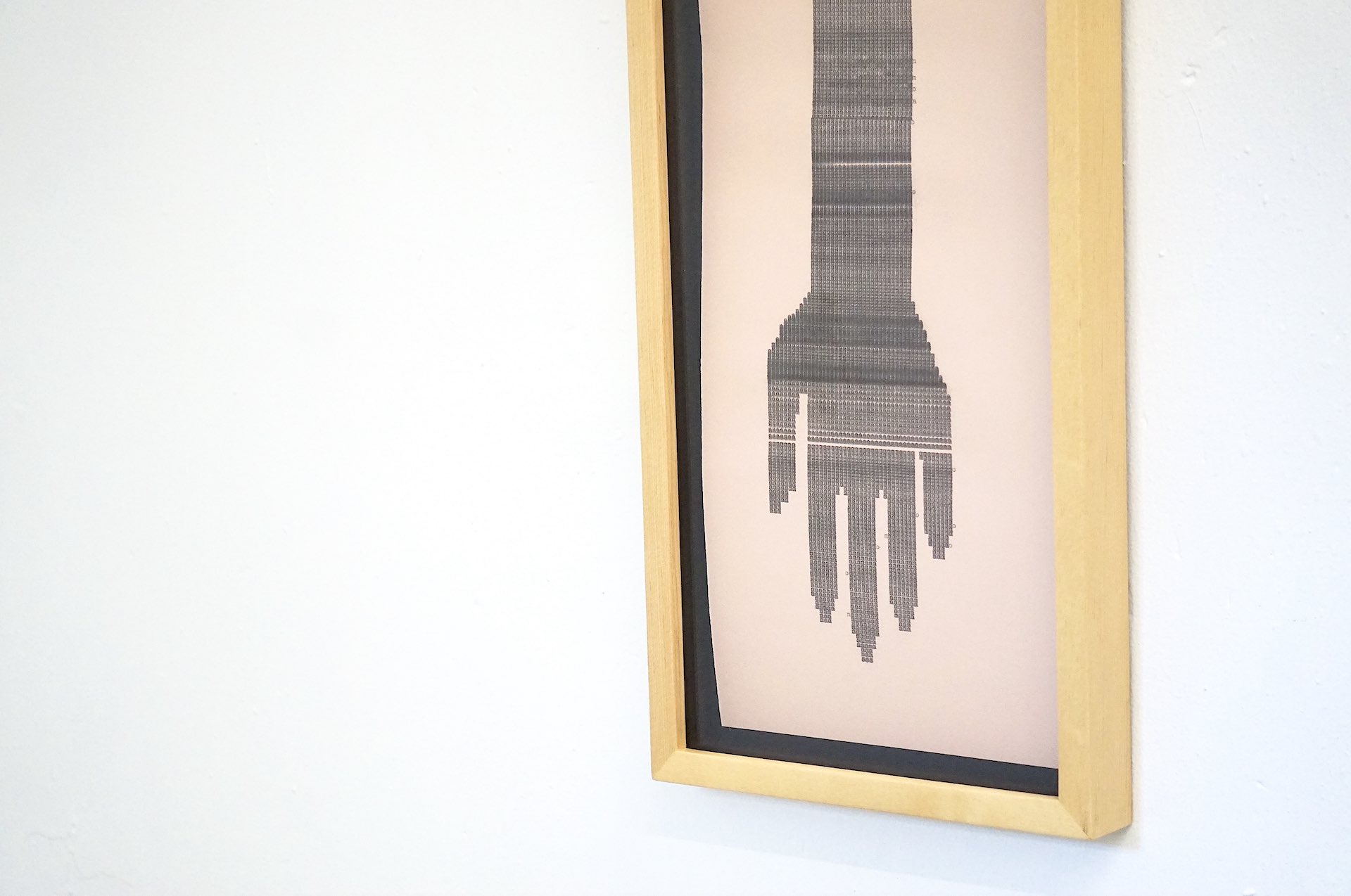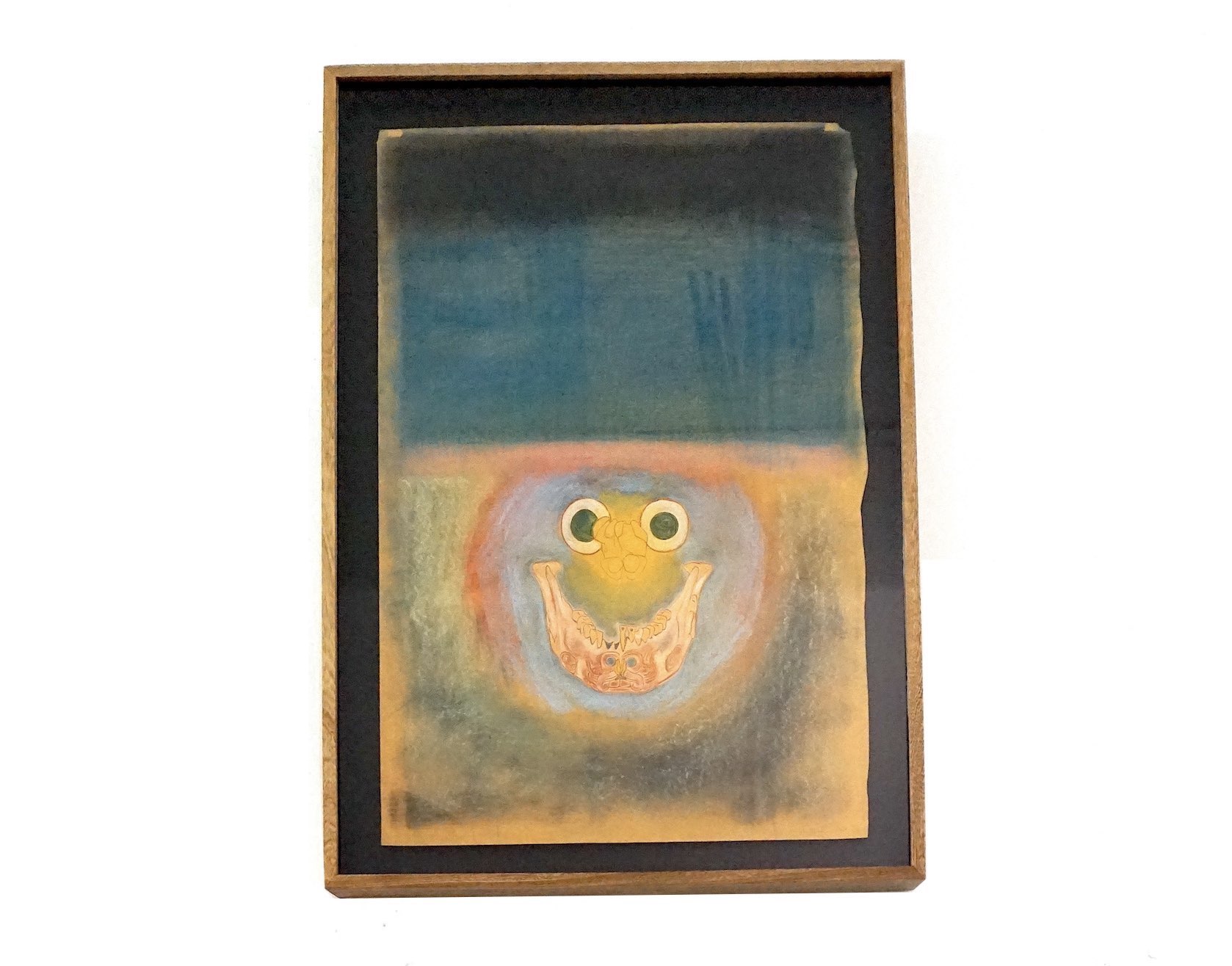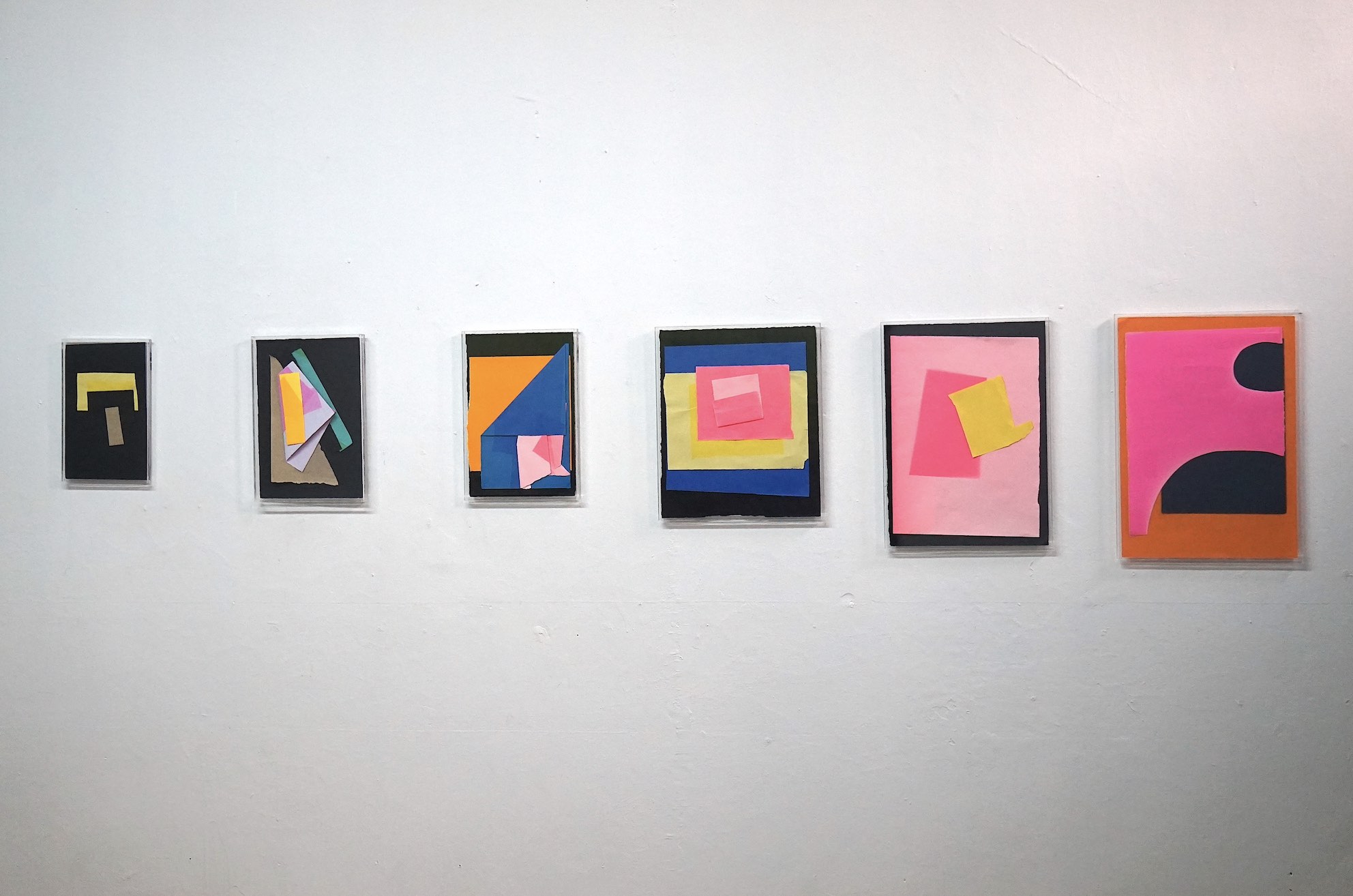
Essay
Letter to Caroline Montenat, curator of 'Operadores de Mutación'
by Lorena Peña Brito
At Espacio Cabeza | Materia de Dibujo / Drawing Issues
Reading time
5 min
Dear Caroline:
How long does it take to return to an image? To take another look at a drawing, each line and erasure, each imagined sound of a point that leaves a mark on a surface, the cracks on the paper. How many times can you see it in a day? A whim: exhausting work, returning to it every two hours. The next day: recreating it in memory while standing in front of a window, eyes closed, murmuring its features. Pinching my fingertips as a pronouncement. I wish I could return to Cabeza when no one’s there. Just to be there cracking my joints, confusing the distances. Hand, hole, music sheet, tongue.

I saw the map with letters and numbers. Cincoá (5A), unobé (1B), diez (10), Cuatrobé (4B). Once again, but this time with a different order. Unobé (1B), unoá (1A), dos (2), tres (3), cuatroá (4A), crossing the room, cuatrobé (4B), crossing the room again, twisting my neck, looking up, close up, closer. What are you doing? Flower-nosed bats, the new face of a demon, becoming aware of one’s neck and the tilt of one’s chin. Crossing the room. Not everything is exactly as it is.

I said, “tongue.” Which I’ve thought about so many times. Passing it over the color and the stroke. Spoiling it. I felt that I knew you, and that I didn’t know you. I thought I should invite you home, make you dinner, ask you more questions. Record you. “In Operadores de Mutación, the images’ construction manual allows for a complex montage that tries to fix visions, forces, flows, gestures, voices.” In contemporary artistic practice, there’s a conjugation of methodologies that mobilize, contract, and—despite landing on a certain support—also absorb and contain within themselves paths demanding attention. More attention than usual. You said, ¨the body.” You said that these are necessarily mutant images. Perhaps because in its genetics there is a malformation or deformation that, even though it’s barely perceptible to the naked eye, requires a new disposition in order to dismember its parts. Drifting in front of them. Don’t be afraid wherever you might go; you must die wherever you have to.*

What mutates is also the process. Unequivocal and particular in each case. This mass that is a text, this mass that has hardened and is now writing in stone, which is going to break—possibly, possibly not—and that keeps up pores, skin, a solar plexus. What mutates is the tip. The feature. UV ray, nail that leaves marks, fingers that weave, that ty-pe. I thought once again about trying to write with my knee, my elbow. When I tried it, a horrible drawing was formed. I remembered that I had a biopsy. Folds, dermis. Photosensitivity and heat. Shapes created from periods of exposure. Here what happens is time, the stars, energies that exert a force on the affected bodies. Drawing is will.

When I saw you, I stopped listening to you for a moment in order to think about you and the text you wrote on the walls. I felt bad for ever having said it was a bad idea to mount zig-zag patterns. Zig-zag like a friend’s grandmother’s sewing machine. Writing is the sewing of the voice, or of several voices. In reading you need to savor the page, the walls; in looking you need to touch the face of that object, moving your fingers over a surface in order to take note that everything is surface. Observing and naming the eye that looks. You said, Caroline, that what’s here is something between blindness and hypervisibility. It’s possible to make visible that one looks and the awareness that what we see is only what we know, from the brain and from a potential body that is not restricted to seeing, but rather stores memory and images between the knuckles, the phalanges, the metacarpals. Between elbow and shoulder.
The vessel’s emptiness constitutes that vessel. Erasure and grinding-down. Emptiness means space. Silence is a pronouncement. The still tongue, the wet mouth. A hiding hand, a negative volume generating a positive one elsewhere. The forms that change under the impossibility of seeing, the impossibility of seeing as a way of remaking the world, of no longer looking, of superimposing layers, experiences, processes, objects. Taking distance. Crossing out. Starting over, forgetting that mountain. Imagining with one’s eyes closed, sitting in a chair, in the middle of the room that erased every trace that I can recall. No longer writing. The place where one drawing ends is where another begins.
Please come to dinner.
Caroline Montenat's text on Operadores de Mutación
*: Esta pieza ha sido realizada ex profeso por el artista para Operadores de Mutación
Published on December 1 2022